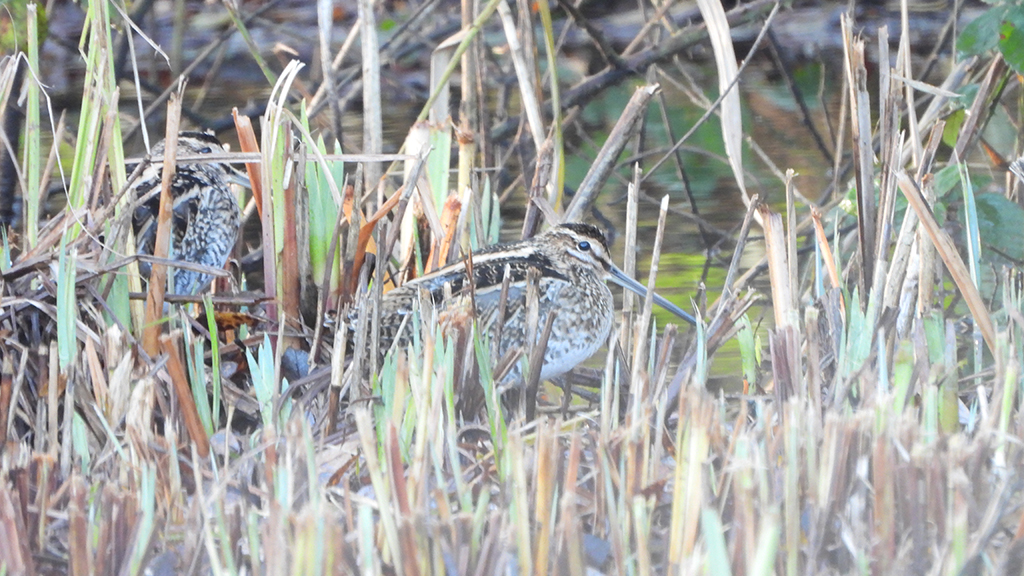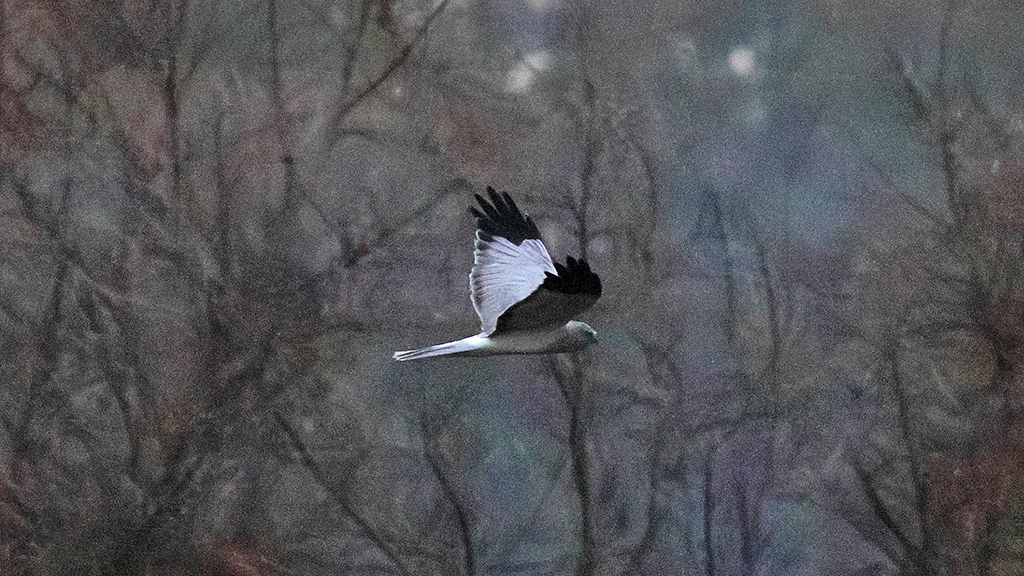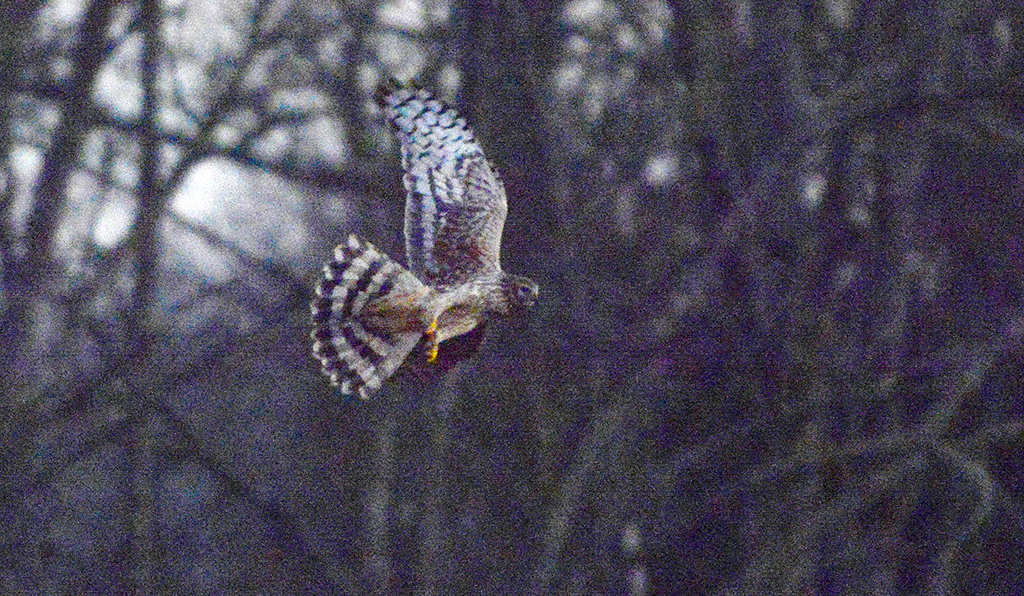Chichester Observer column appearing June 14
Wildlife Sightings walk on 05/06/2012 by Paul Stevens The heavens opened at 1 o'clock today and a persistent, heavy rain began to fall. Some hardy visitors and families in colourful Macs [...]
Wildlife Sightings walk on 05/06/2012 by Paul Stevens
The heavens opened at 1 o'clock today and a persistent, heavy rain began to fall. Some hardy visitors and families in colourful Macs are still out walking on the grounds, despite the constant downpour.
Just outside the first gate I find some bittersweet vine in flower, entwined in the willow on the edge of World Wetlands. The dark purple, star-shaped flowers with yellow centres will eventually form soft red berries that look like tiny tomatoes. The fruit from this member of the nightshade family is poisonous to humans but a favourite of thrushes. Bittersweet can grow in a wide range of habitats but prefers the damp, nitrogen-rich soil of wetlands.
A pair of wild shelducks are dabbling in the World Wetlands exhibit close to the main path. The absence of people in the heavy rain has made them braver. The australian magpie geese in this pen have been laying heavily this year. We have already taken 10 of their eggs to the duck nursery at WWT Slimbridge in our weekly egg ambulance runs. They will hatch there and be given to our other wetland centres. The remaining eggs will hatch and grow here under the watchful eye of magpie goose patriarch - Big Daddy Basil.
I stop to see the black-necked cygnets, grazing the grass with their parents. The cygnets still have grey, downy feathers but their necks have become longer, taking on a graceful swan shape. Around the bend, down the grassy paths of the Meadow Maze I find a flowering purple Marsh Orchid and common spotted orchids.
At the woodland loop I hear a great spotted woodpecker - an agitated male giving an alarm call. Scouring the branches I spot the pair, their nest is somewhere nearby in this little wood. I continue on into reedbed, passing Dragonfly pond where I saw a hairy hawker dragonfly a few days ago. Rain on the reeds drowns out the sounds of warblers today. Tiny green leaves of duckweed float on the surface of the water. Tasty to ducklings, these leaves also house the aquatic larvae of brown china mark moth that feed on the fleshy leaves.
In the middle of the reedbed boardwalk I duck into the small thatched cone that forms our camera obscura building. Wrens have built a nest directly inside the doorway, along the rounded beam. This moss and lichen ball, its lining of feathers visible through the hole at the top, could contain 5 to 7 eggs. Out into the ran again I feel a kinship for the white tailed worker bee, clinging to the underside of an umbrel as shelter from the rain in the carr woodland.
Inside the reedbed hide swallows have built a nest on the top of a lintel just under the rafters. I can feel two eggs inside. They will lay another each day until there are 4 or 5 eggs. Outside the hide I spot the swallow pair, feeding on insects that have sheltered close to the trees during the rain.
Along the pathway meadowsweet is forming flower heads and purple valerian is starting to open. I head back to the visitor centre to dry off. I pass an alder buckthorn shrub near the boat jetty. It is alive with bumblebees, the denser foliage acting as a natural umbrella. They don't wait long to be photographed. It takes a fraction of second to extract small stash of nectar in each tiny green flower.



